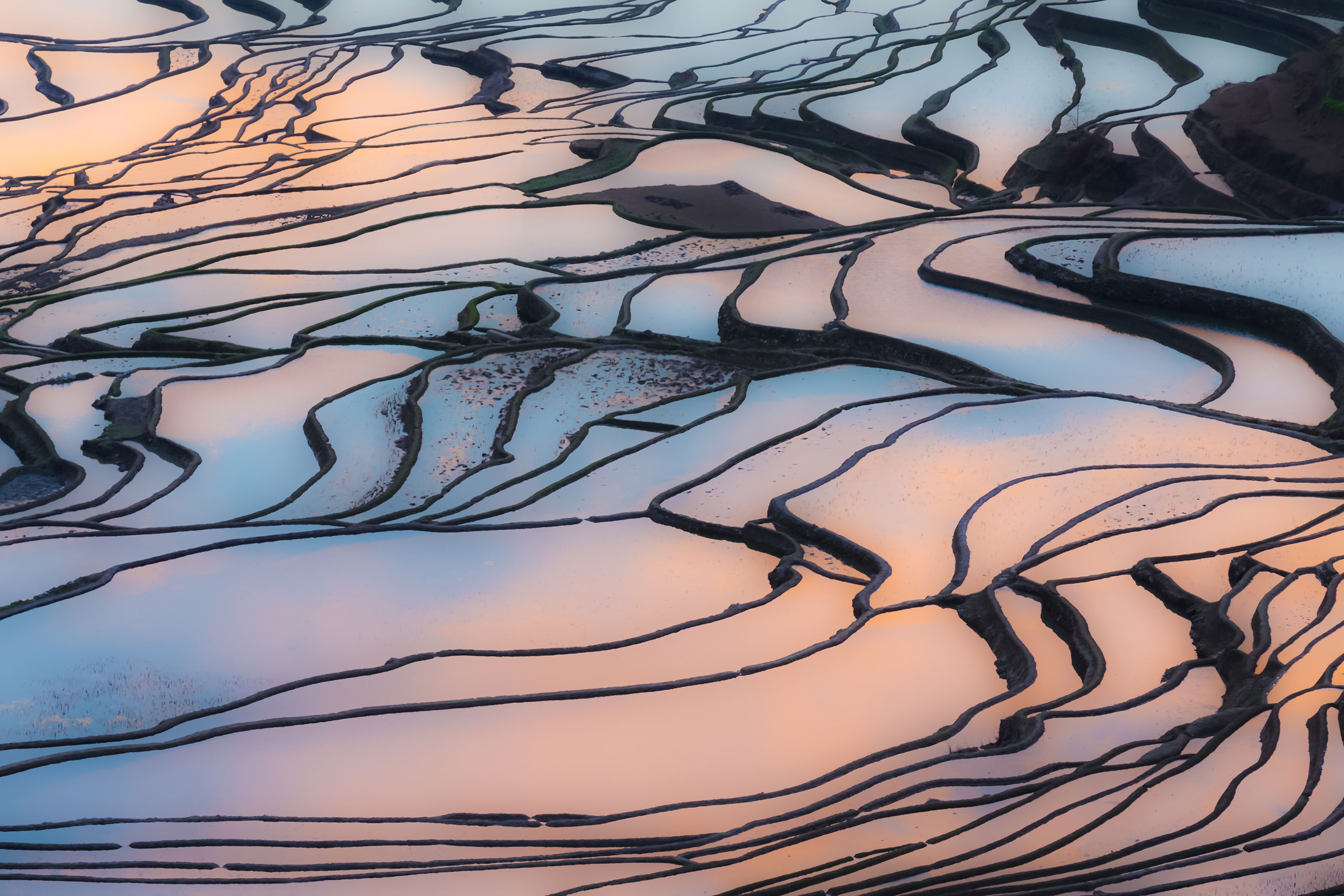A Home Between Mountains and Waters: Exploring Azheke Village



On the evening of September 8, the third season of the CCTV comprehensive channel’s program A Home Between Mountains and Waters ventured into Azheke Village in Yuanyang County, part of the Honghe Hani and Yi Autonomous Prefecture. The show explored the revitalization and development of living heritage. Azheke Village was described as a mysterious haven, akin to the legendary Peach Blossom Land, where the Hani Rice Terraces stand as a world heritage site centered on agricultural civilization, offering a spiritual retreat.
Azheke Village is nestled atop the Ailao Mountains, deep within the cloud-covered rice terraces. It is one of the most well-preserved and unique ancient Hani villages, located in Yuanyang County, Honghe Hani and Yi Autonomous Prefecture, Yunnan Province. The village is a national-level traditional village and one of the five key villages in the Red River Hani Rice Terraces World Heritage Site.
"Azheke" is a word in the Hani language, meaning "a place where bamboo grows in abundance." The name itself evokes a sense of vitality and life. From the foot of the mountain to its peak, which reaches an altitude of nearly 3,000 meters, the terraced fields rise layer by layer, with over 3,700 steps that seem to extend into the clouds. Hidden within the depths of the white clouds are crisscrossing paths and scattered households. The terraces resemble jade belts winding through the landscape, with the layers of fields stretching upward like a heavenly ladder.
The terraces here boast a history of over 1,300 years, reflecting the deep respect the local people have for nature. In 2013, the Honghe Hani Rice Terraces were successfully listed as a World Heritage Site, becoming China’s first world heritage site named after an ethnic group and focused on agricultural civilization.
The terrain of this area is distinctive. Forests cover the mountain tops, preserving water sources. The water flows into the villages, then into the terraces, and finally into the river valleys, forming a harmonious ecosystem of four essential elements: forest, village, terrace, and water system. This ecological system is a remarkable example of the local people's reverence for, adaptation to, and protection of nature. It is considered a model of harmonious coexistence between humans and nature and is hailed as a "living fossil" of human agricultural civilization.
In the program A Home Between Mountains and Waters, we saw that maintaining these thousand-year-old terraces requires the continuous effort of the villagers. Water is the "lifeblood" of terrace farming. To ensure the smooth flow of water channels, a unique profession has emerged on these vast terraces—the "canal runners."
Their job is to carry hoes on their shoulders and sickles in hand, walking along the water channels, clearing branches, fallen leaves, and debris along the way, and checking the water flow. “Without water, there can be no fields; without fields, there can be no food.” Their mission is to safeguard the water system within the terraces. In addition to clearing weeds from the channels to prevent blockages, the canal runners also ensure the channels are well-maintained, preventing leaks, drips, or seepage, keeping the water flow to the terraces unobstructed.
When maintaining the ridges of the fields, they also remove weeds from both sides of the terraces, but only cut the grass without pulling out the roots. The roots help hold the soil together, preventing the collapse of the ridges. The cut grass is then used as fertilizer for the rice fields.
As the Tang Dynasty poet Li Bai once wrote in A Letter to Prefect Pei of Anzhou, “The heavens speak not, yet the four seasons revolve; the earth says nothing, yet all things grow.” All things in nature rely on each other, nurturing one another in a cycle of interdependence that is essential for continuous life.
Since ancient times, the Hani people have held deep reverence for the forests. Their treatment of water in the terraces and grass along the paths aligns with their belief in following nature and making full use of the resources that nature generously provides.
This is why the vast, undulating fields of the Hani Terraces continue to thrive and be passed down through generations. The "four elements" agricultural ecosystem—forest, village, terrace, and water system—embodied in the Hani Terraces is a remarkable example of local people respecting, adapting to, and protecting nature. It is a perfect interpretation of the harmony between humans and nature, a reflection of the natural way, and a living fossil of human agricultural civilization.









